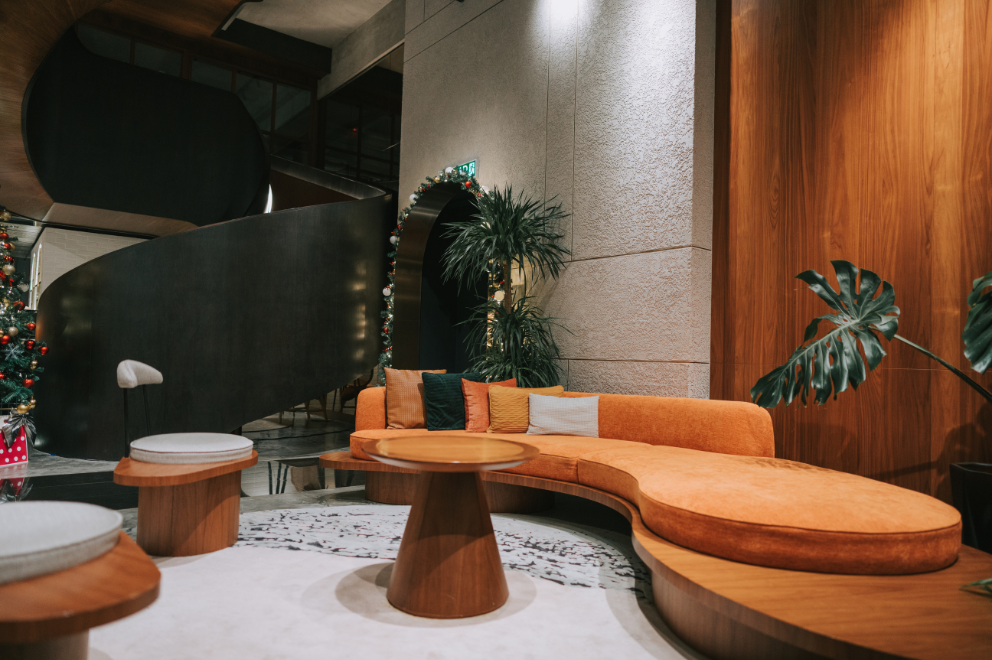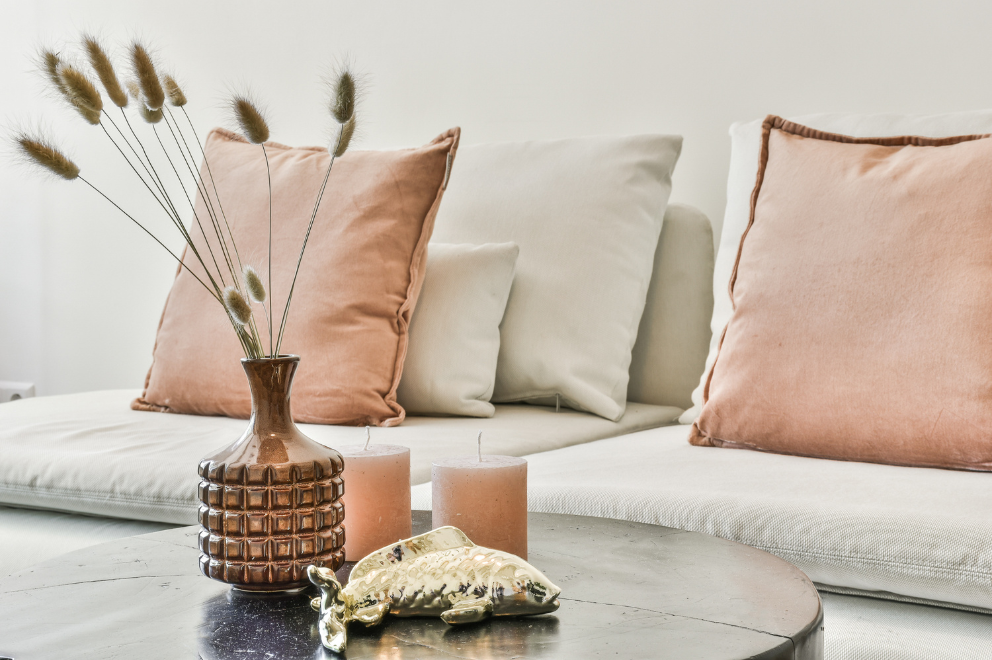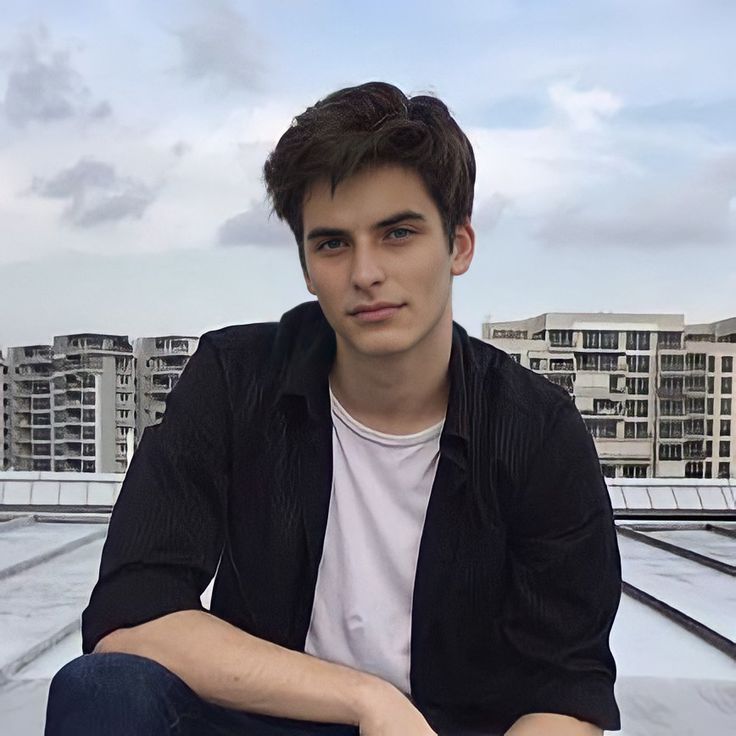
Does interior design make you happy? We often think of it as just a way to make our homes look good, but did you know it can also make us feel good?
The spaces we live in have a huge impact on our mental and emotional well-being. From the colors on your walls to the layout of your furniture, every design decision affects our mood and happiness.
So can interior design really make us happier? Spoiler alert: yes! In this post, we’ll explore how intentional design can turn your home into a happiness haven.

Happiness is a big part of architecture and design, it influences how spaces are created and experienced. The inclusion of happiness in design is now recognized as essential for well-being and quality of life. Here are a few key points on the importance of happiness in architecture and design:
Architectural spaces affect our mental health. Beautiful, functional, and comfortable spaces can boost our mood and reduce stress. Research shows well designed spaces can improve cognitive function and emotional well-being, so happiness is a big consideration in architectural practice.
Modern architecture is moving towards human centered design principles, focusing on people and their experiences. This means comfort, accessibility and the emotional responses of the occupant, rather than just functionality to create spaces that make us happy and satisfied.
Biophilic design, which brings the natural world into the built environment, is becoming more popular. Research shows being in nature can improve mental health and happiness. Features like natural light, green spaces, and indoor plants can create a calming environment that promotes wellbeing.
Architecture reflects cultural values and social dynamics. Spaces that bring people together and connect us can improve social well-being and happiness. Design can create a sense of belonging and community so it’s important for architects to consider the social impact of their work.
The aesthetic of a space, color, texture, and layout can elicit an emotional response. Personalization of spaces, reflecting our individual tastes and lifestyles can increase happiness. When we feel connected to our environment it contributes to our overall sense of contentment.

Here are several scientifically proven interior design tips that can enhance your happiness:
Research shows round shapes make us feel friendly and approachable. Add round furniture or decor like circular coffee tables or spherical light fixtures and you’ll create a more relaxing space especially for those who suffer from anxiety.
Colors significantly affect mood. Blue, for example, is known for its calming properties and can help lower blood pressure, promoting relaxation and better sleep. Consider painting walls in blue or adding blue accents through decor items like cushions or artwork.
Natural light is essential for maintaining a positive mood and energy levels. To enhance light exposure, arrange furniture to allow sunlight to flow freely through the space. Adding mirrors can also reflect light and brighten darker areas, contributing to a more uplifting environment.
Designing a space that engages all the senses can make us feel more comfortable and well. Add soft fabrics, pleasant scents (like lavender or vanilla), and visually pleasing decor. Personalize these to your own preferences to create a space that’s uniquely yours.
Using natural materials like wood, stone, and cotton can connect us to nature which is linked to happiness and mood. Biophilic design principles suggest that incorporating elements of nature like plants or wooden furniture can boost emotional well being.
Surrounding yourself with personal items, such as photographs or mementos, can evoke positive memories and feelings of nostalgia, contributing to happiness. Studies have shown that engaging with sentimental objects can enhance psychological well-being.
A tidy and organized space can lead to a more peaceful and calming environment. Simple habits, like making your bed each morning or decluttering regularly, can create a sense of order that contributes to inner calm and happiness.
Having plants or fresh flowers in your home can boost your mood and life satisfaction. Research shows flowers can improve emotional well-being, reduce depression and anxiety, and even encourage social interaction.
Interior design affects your mood by influencing the environment you live in. Factors such as color, lighting, layout, and decor can evoke specific emotions. For example, calming colors like blue can promote relaxation, while cluttered spaces can lead to stress.
Personalizing your space means adding items that reflect you and evoke positive memories like photos, artwork, or mementos. Creating a space that’s uniquely yours can make you feel at home and more happy.
An open and functional layout that encourages movement and interaction makes us happy. Arranging furniture to facilitate conversation and flow makes the space more inviting. And having spaces well-lit and organized makes for a happy environment.
There’s no hard and fast rule on how often to update your interior design; it’s personal and depends on your lifestyle. But updating your space regularly, whether through new decor, rearranging furniture, or seasonal elements, will keep things fresh and fun.
Yes! Happiness in your home doesn’t have to cost a fortune. Simple changes like rearranging furniture, adding plants, or painting walls can make a big impact without breaking the bank. Thrift stores and DIY projects can also be affordable design solutions.
Remember, happiness begins at home. So, does interior design make you happy? By creating environments that align with our personal preferences and promote emotional well-being, we can cultivate a life filled with joy, peace, and fulfillment. Let interior design be your ally in the pursuit of a happier, healthier you.

James Sullivan, an architect with a degree from the University of Texas, has focused on sustainable beach house designs since 2013. He joined our team in 2020, weaving his expertise into articles that emphasize harmony with nature. James enjoys scuba diving during his weekends.

Hi there! I’m Aisha Harper. With a background in exploring breathtaking destinations and a deep appreciation for creating warm, inviting spaces, I’ve combined my passion for adventure and home into a fulfilling career. From scaling mountains to styling living rooms, I love blending the thrill of the outdoors with the comfort of home, inspiring others to do the same.